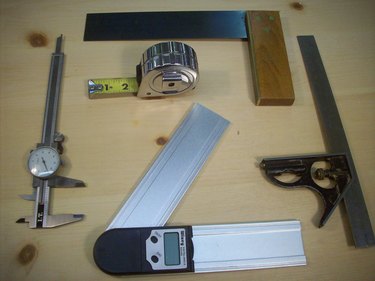
Craftsmanship defines fine woodworking. Tight joints and crisp angles require accurate measurements. Measuring tools for woodworkers are precise, graduating in increments smaller than ordinary carpentry tools. Whatever the woodworking project, specific measuring tools help you build it better with tighter fits and a better outcome.
Caliper Measuring
Video of the Day
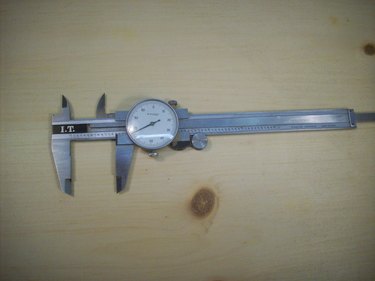
Plywood, lumber and molding dimensions always are questionable. Calipers provide quick, accurate measurements of inside dimensions, outside dimensions, depth and thickness. It's difficult to get accurate readings with a tape measure and some calipers deliver measurements in increments of a thousandth of an inch. This accurate tool is one reason skilled woodworkers get such tight joints.
Video of the Day
Combination Square
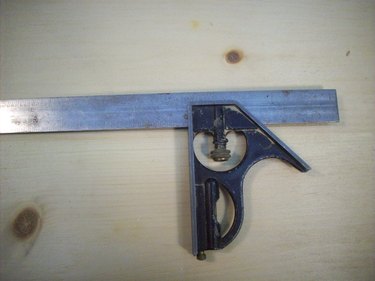
A combination square is worth its weight in gold, so keep one within arm's reach. Use it to set-up and check saw blades, miter gauges or knife positions. Draw straight lines on plywood or lumber, lay out mortises, check and draw common angles or use it as simple ruler. The 45-degree feature is one of the most widely used applications in woodworking.
Precision Try Square
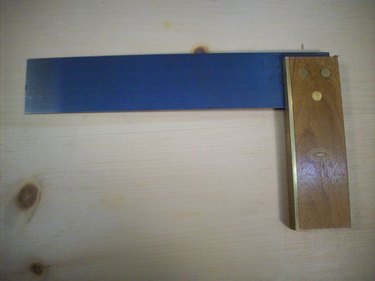
As good as the combination square is, a precision try square is better for square corners. A precision try square is more accurate than a combination square. Use it when you need to be absolutely sure you're measuring 90-degree angles. Draw lines, check blade alignment, knives and other equipment.
Tape Measure
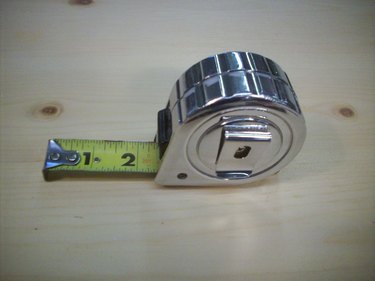
Craftsmen religiously rely on the 12-foot tape. No other measuring tool is used more often in woodworking. Most tapes graduate in 1/16-inch increments, which is ideal for cutting plywood and lumber or measuring molding and trim. Many of them have decimal equivalents or other pertinent woodworking-related information printed on the back.
Angle Finders
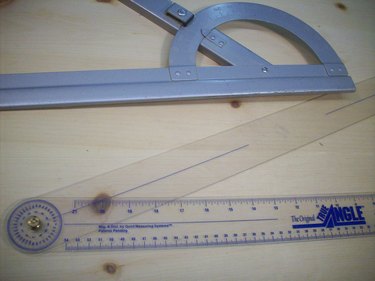
"Bevel square," "angle finder" and "protractor" are just a few of the terms used to describe tools that measure, define and transfer angles. Used mostly for larger plywood or lumber measuring, the bigger versions have arms that swivel 360 degrees to reach, measure or lay out angles of almost any configuration.
Digital Bevel Square
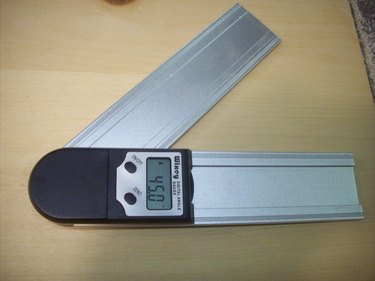
Woodworkers use smaller versions of the bevel square when large protractors or angle finders are not appropriate. The contemporary angle finder or bevel square relies on digital technology to quickly calculate or measure angles. More efficient than the old-school sliding bevel square, these handy tools have bold screens that measure and display the angle.